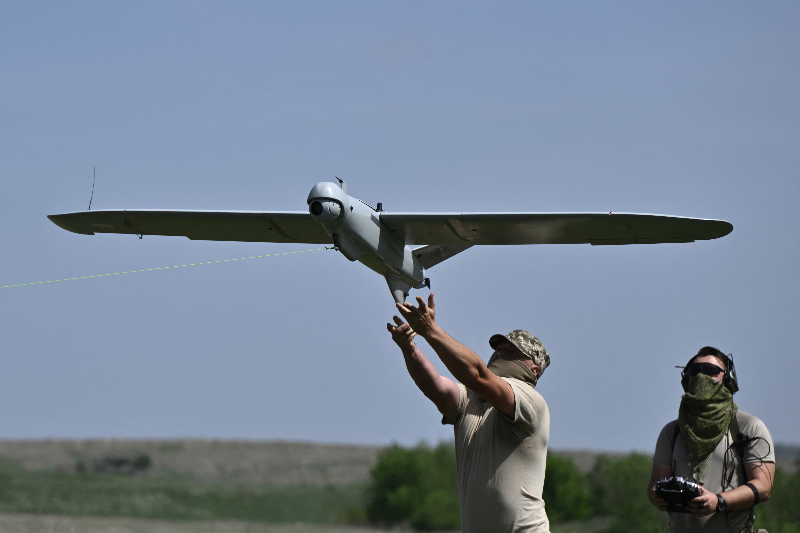In a dramatic escalation of the conflict, Ukrainian drone attacks targeted Moscow in a sustained campaign that forced the temporary shutdown of all four major airports in the Russian capital. These strikes, described as the most extensive drone assault on Moscow since early May, caused significant disruptions to air travel and raised alarms within residential communities near the city’s outskirts.

Flight Operations Paralyzed
Authorities were compelled to close Sheremetyevo, Domodedovo, Vnukovo, and Zhukovsky airports—Moscow’s key air travel hubs. According to Russia's Federal Air Transport Agency, the fallout included:
- 134 aircraft diverted to other airports.
- More than 140 flight cancellations.
The disruption peaked with flight restrictions imposed multiple times within a 24-hour window, as reported by Russia’s Association of Tour Operators. Operations eventually resumed around 4 a.m. local time, but the closures underlined the vulnerabilities in Russia's air security.
“The most effective story is the paralysis of Russia's air traffic,” wrote Andriy Kovalenko, head of Ukraine's Counter-Disinformation Center.
Residential Areas Hit Hard
The attacks’ impact reached deep into residential areas, particularly Zelenograd, a suburb of Moscow. There, debris from intercepted drones:
- Ignited vehicles in local courtyards.
- Damaged upper floors of residential buildings.
- Shattered windows and shook homes in the village of Golube.
Despite the visible damage, officials claimed that “there were no serious damages or casualties.” However, widely shared videos depicted burning cars and battered buildings—images that have fueled anxiety and tested the public’s sense of security.
Psychological and Strategic Impact
These assaults underscore Ukraine’s ability to project force deep into Russian territory, disrupting daily life in the nation’s capital and serving as a stark signal of the conflict's evolving nature. The psychological effects on Moscow’s residents have been significant; the attacks demonstrate both the reach of Ukrainian capabilities and the unpredictability of the current security environment.
Timed with Peace Negotiation Efforts
The attacks coincided with renewed discussions about peace talks. Ukrainian President Volodymyr Zelensky stated that Kyiv had offered new proposals for negotiations, emphasizing the urgency of achieving a ceasefire:
“The pace of negotiations must be increased. Everything must be done to achieve a ceasefire,” said Zelensky.
Notably, the strikes occurred after then-U.S. President Donald Trump issued a 50-day ultimatum to Moscow for a peace deal, threatening further sanctions otherwise. Reports indicate Trump also inquired with Zelensky about Ukraine’s capabilities to strike targets in Moscow, revealing a connection between diplomatic maneuvering and battlefield realities.
Russian Retaliation
In response to the Ukrainian strikes, Russian forces launched 57 drones into Ukraine overnight, resulting in at least one civilian death. Ukraine's air force claimed to have downed or neutralized 25 of the incoming drones, highlighting the ongoing tit-for-tat escalation.
Conclusion
Moscow’s recent drone crisis marks a turning point in the Ukraine-Russia conflict. The unprecedented disruption to one of the world’s largest cities—ahead of fragile ceasefire discussions—reflects both the intensity and unpredictability of modern warfare. As leaders debate peace in closed rooms, drones in the sky continue to reshape the landscape and the urgency of diplomatic efforts.

Discussion
Start the conversation
No comments yet
Be the first to share your thoughts on this article. Your insights could spark an interesting discussion!